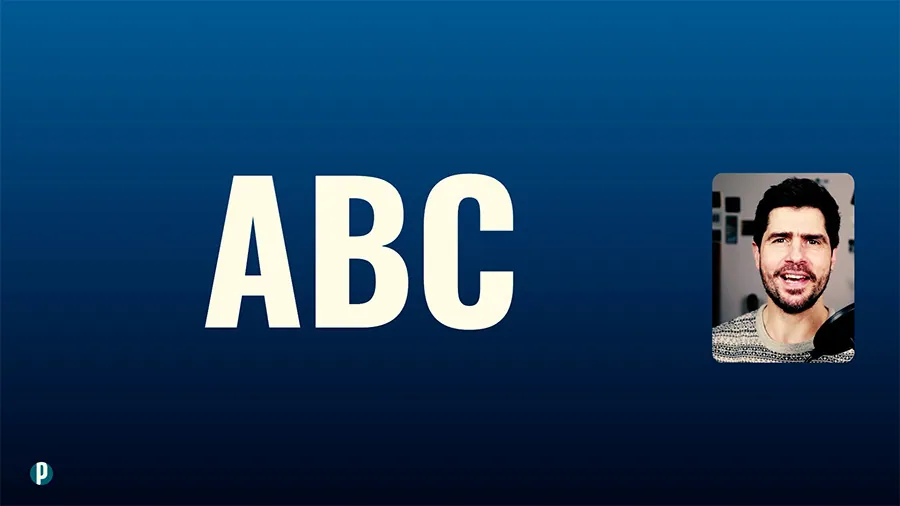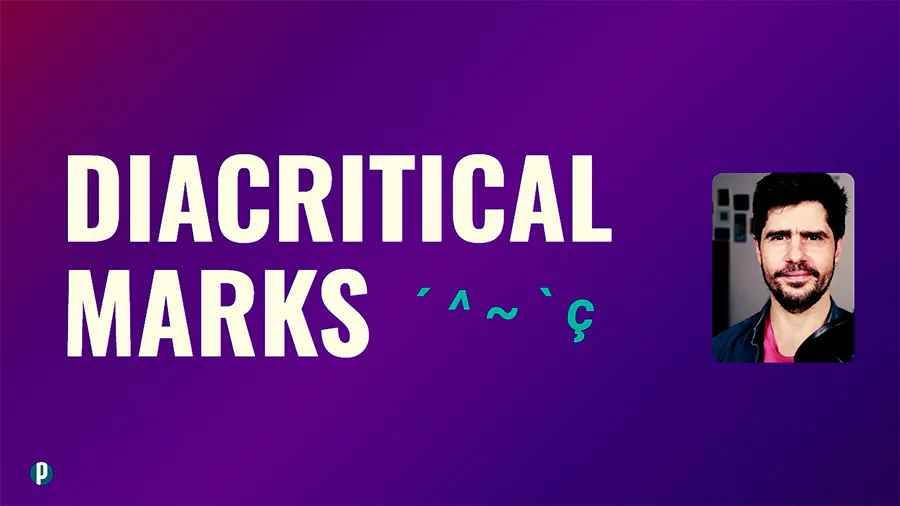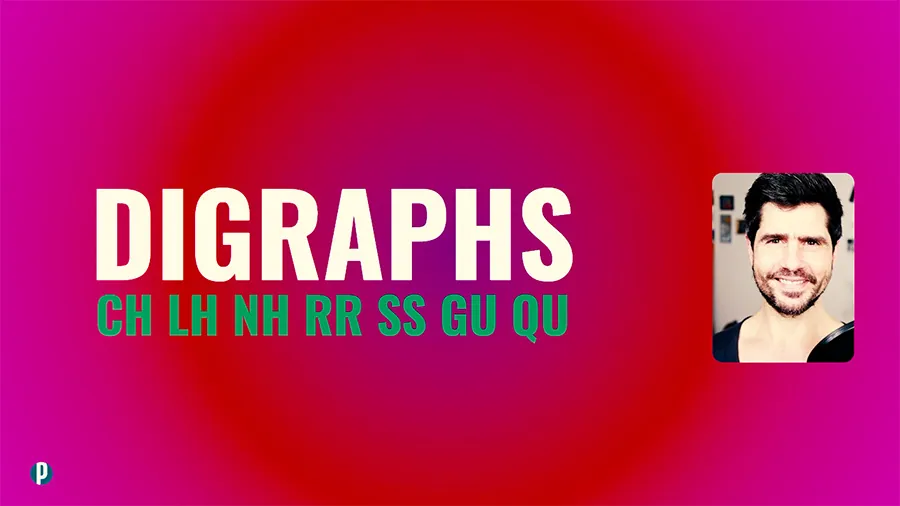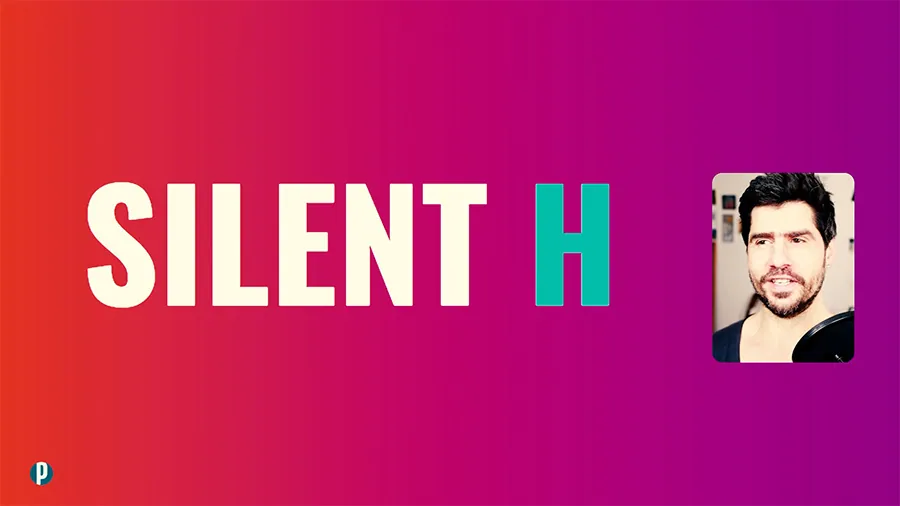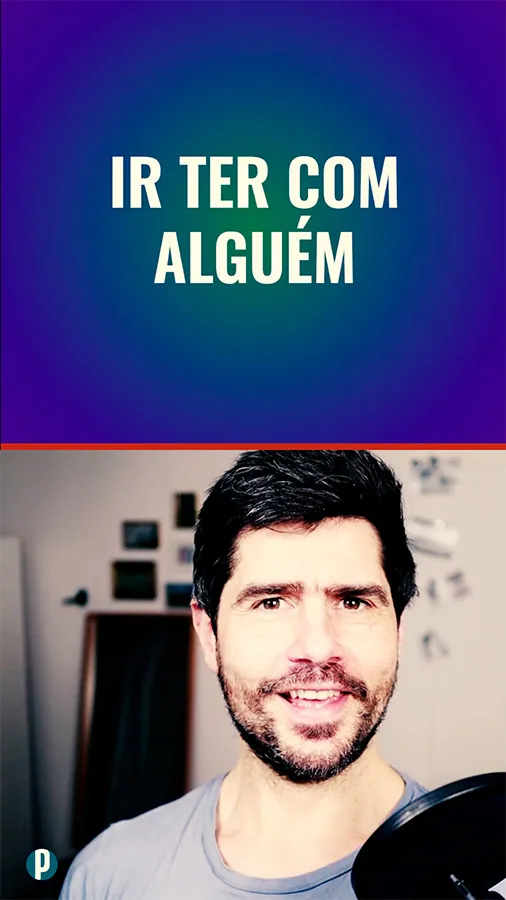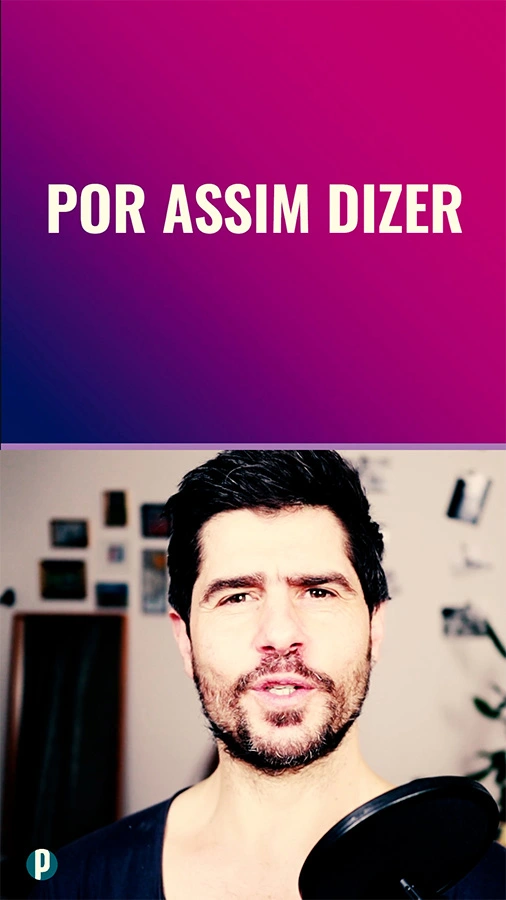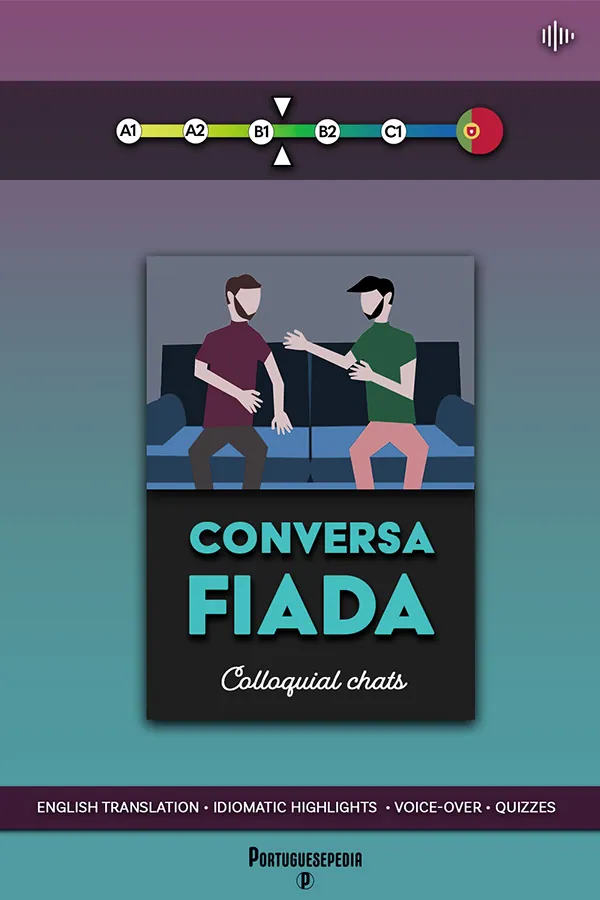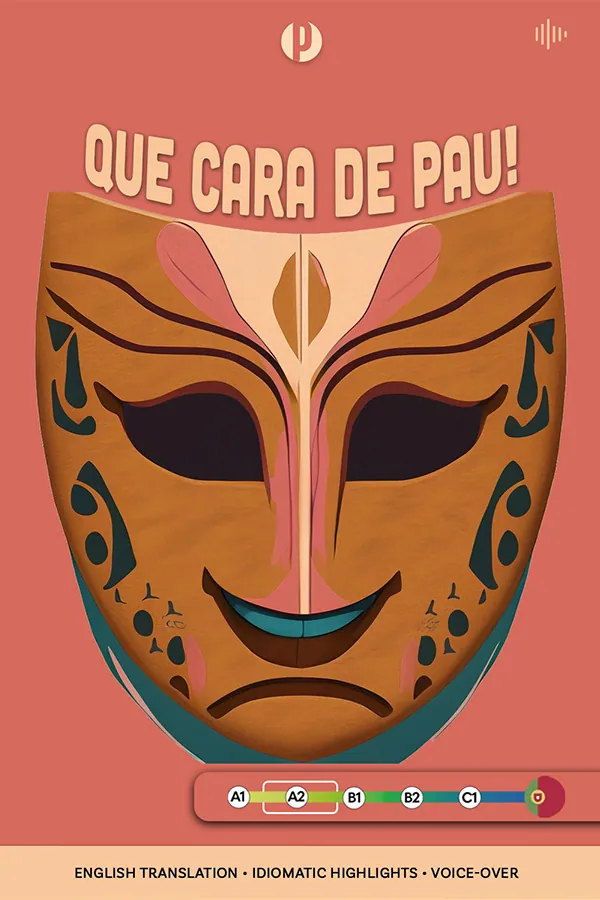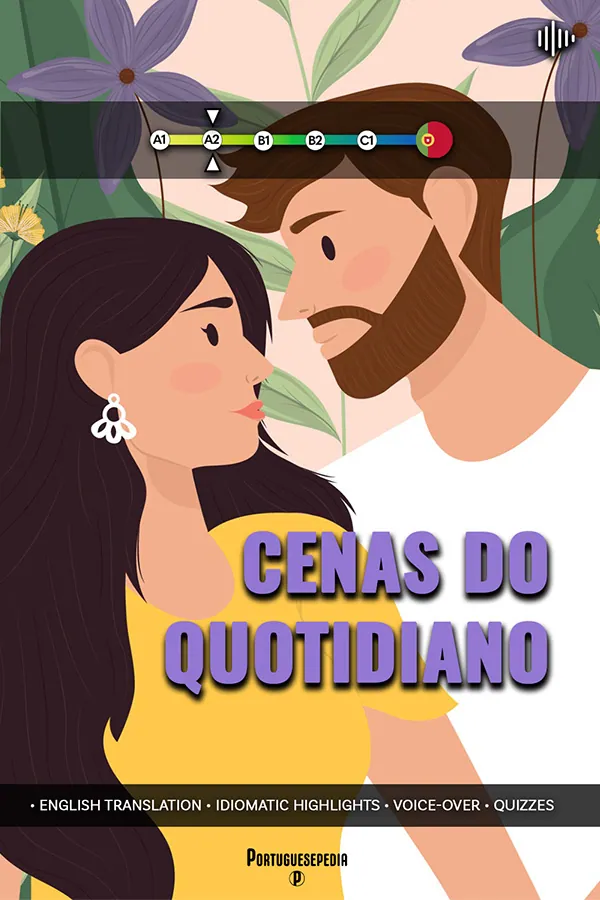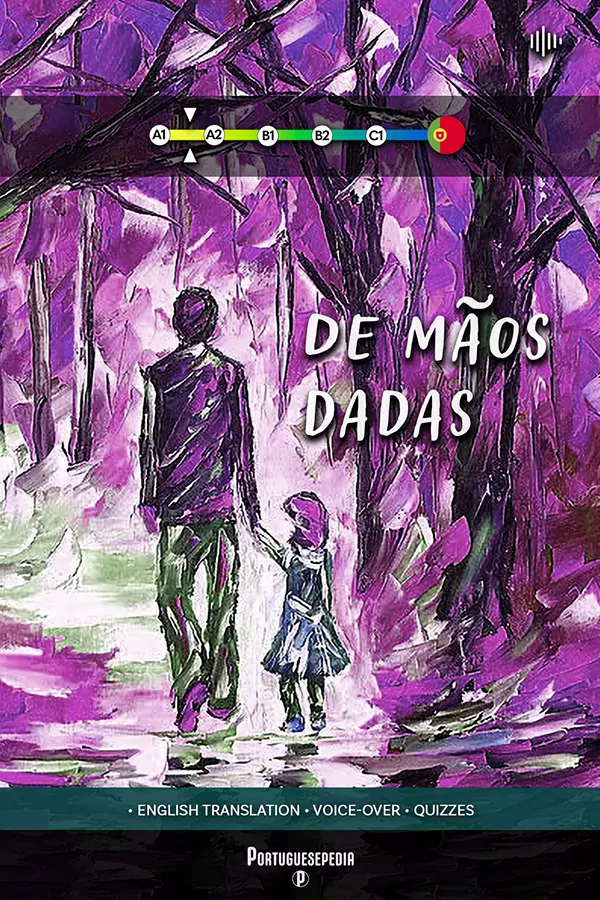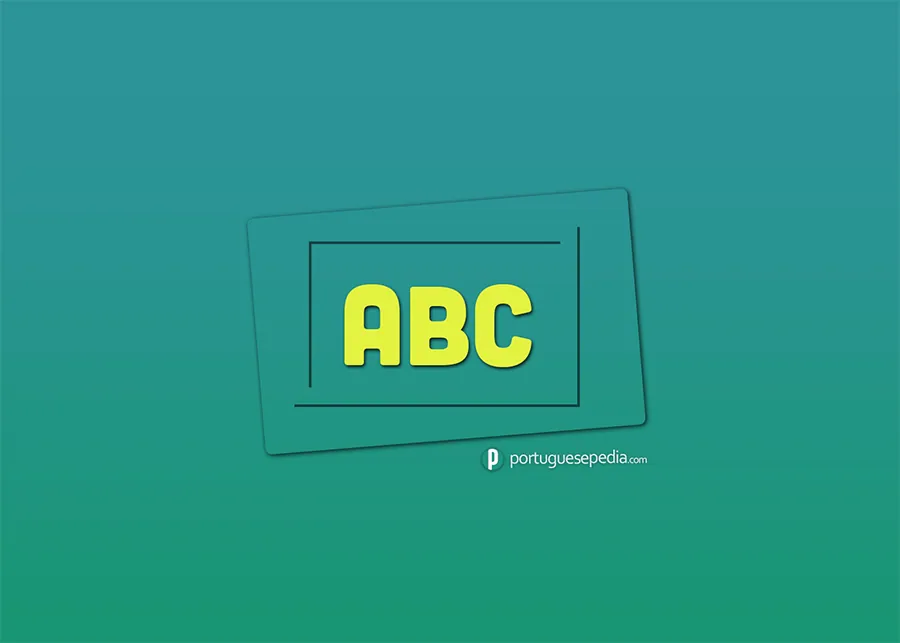
The Portuguese Alphabet
What the Portuguese alphabet looks and sounds like is one of the first things you want to dive into as you start learning the language.
The Portuguese alphabet is based on the Latin alphabet and comprises 26 letters of which 5 are vowels and 21 are consonants. Additionally, K, Y, and W are only used for loanwords, meaning that only 18 consonant letters are used to write in Portuguese.
Listen to what the alphabet letters sound like in Portuguese:
| a (á) | j (jota) | s (ésse) |
| b (bê) | k (capa) | t (tê) |
| c (cê) | l (éle) | u (u) |
| d (dê) | m (éme) | v (vê) |
| e (é) | n (éne) | w (dáblio) |
| f (éfe) | o (ó) | x (xis) |
| g (gê) | p (pê) | y (ípsilon) |
| h (agá) | q (quê) | z (zê) |
| i (i) | r (érre) |
In addition to the alphabet letters, you should become familiar with the diacritic marks we use to indicate word stress, nasalization, and vowel height. Read on.
Alphabet letters vs. language sounds
It is useful to look into the relationship between letters and language sounds. Letters graphically represent the latter and we use them to register spoken language in a written format.
More often than not, the relationship between alphabet letters and language sounds is not on a one-to-one basis. This is the case for both Portuguese and English and many other languages.
For instance, there are in Portuguese 5 vowel letters, just as in English. Yet, these 5 vowels stand for 9 different vowel sounds. The opposite is also true. One vowel sound can be denoted by different vowel letters.
The same goes for consonants. In Portuguese, there are more consonant sounds than consonant letters. Thus, consonants combine with other consonants to produce new consonant sounds. And vice-versa, the same consonant sound can be represented by different letters.
For instance, the letter x can render four (!) different sounds. Here’s a video for you.
Consonant pairs
Digraphs are consonant pairs that render a specific sound. Here are 5 of them:
| ss | rr | ch | nh | lh |
| massa | carro | acho | ninho | milho |
ss
This double-s always occurs between vowels (massa). It produces a voiceless s-sound as in simple.
rr
The double r also occurs between vowels (carro). It is pronounced with the back of your throat, thus producing a guttural sound similar to the French r.
ch
This digraph always produces a hushing sound, as in shave. It can occur both at the beginning or in the middle of words (acho, chapéu).
nh
This digraph (ninho) renders a nasal sound and it is somewhat close to the ng sound in English words such as mingle, tango, or English.
lh
The lh-digraph (milho) produces a sound similar to the l-sound, as in London, though slightly different.
Portuguese diacritics
Five diacritical marks are used in Portuguese to indicate stress, nasalization, vowel height, and other sound changes. Here’s a quick rundown:
| Acento agudo (´) | Acento circumflexo (^) | Acento grave (`) | Tilde (~) | Cedilha (ç) |
| avó avo | avô avó | – | irmã irmão | caça caca |
Acento agudo (´)
The acute accent indicates syllable stress and vowel height.
Take the words avó (grandmother) and avo (fraction). Both words have the same letters, but while in avo you stress the first syllable, in avó you’d stress the last one.
Also, the o in avo produces a closed-vowel sound, while the ó in avó produces an open-vowel sound.
Acento circunflexo (^)
The circumflex, like the acute accent, indicates syllable stress and vowel height.
Take the same word avó as before, and also the word avô (grandfather). You’d stress both words on the last syllable, but there is still a difference in how you pronounce both words.
While the ó in avó produces an open vowel sound, the ô in avô produces a slightly more closed-vowel sound.
Acento grave (`)
In Portuguese, the grave accent only denotes contractions, namely
- à – contraction between the preposition a and the definite article a
- contraction between preposition a and some pronouns, for instance, the demonstratives aquele/aquela (àquele/àquela).
Tilde (~)
The tilde indicates the nasalization of vowels and diphthongs (irmã, limão).
Cedilha (ç)
This diacritic is only used for the letter c, and only when the following letter is a hard vowel – a, o, or u.
Here’s how it works: the letter c before any hard vowel (caca ) produces a /k/-sound, as in catch. If you use the cedilla (caça), that same c will turn into an /s/-sound, as in soup.

Olá! I'm Pedro and I'm your Portuguese teacher.
Ready to unlock the beauty of European Portuguese? Portuguesepedia is your key! This all-in-one platform provides a wealth of learning resources, from bite-sized video lessons to immersive idiomatic dips. Perfect your pronunciation and aural comprehension with listening drills and solidify your grammar with in-depth articles. Start your Portuguese journey today!
Share this article
Get my guide "Key Strategies to Learn Portuguese" for FREE.

